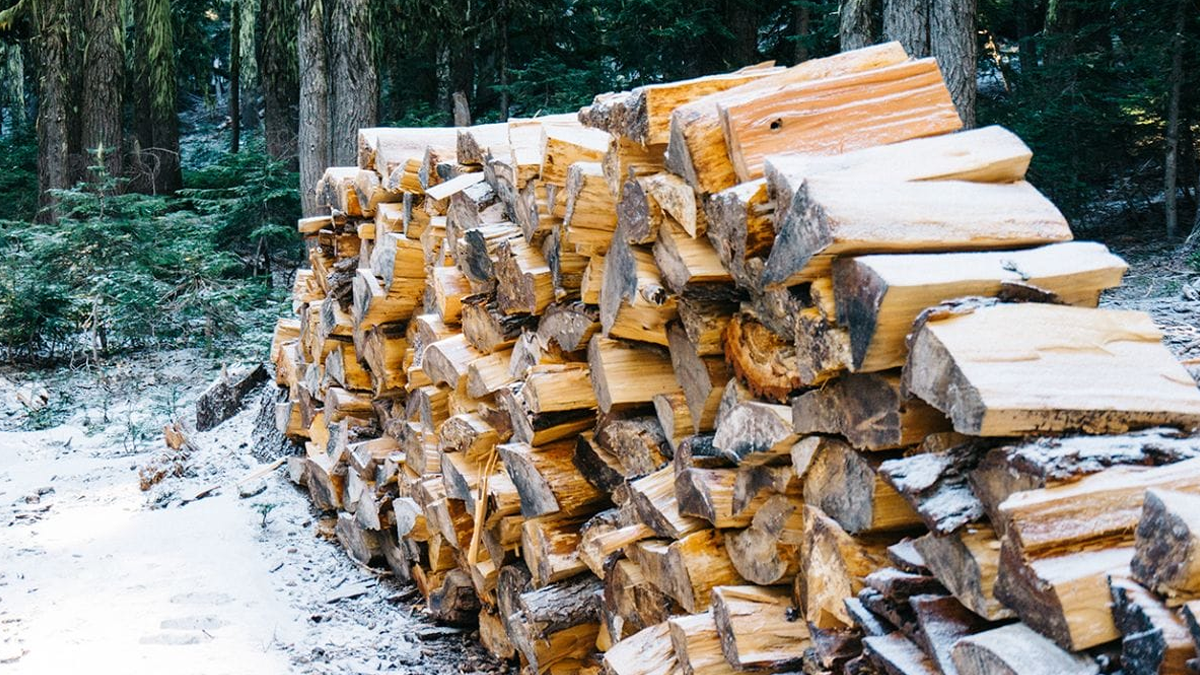
Winter is a special season for gardeners, entailing particular care in protecting outdoor plants from cold, frost, and strong winds. This period is highly vital to all those gardeners who love flowers and plants because they want their plants to last through the cold months. This article goes into detail on how to protect outdoor plants during winter, considering different methods and factors necessary for the health and flourishing of your garden.
Understanding the Threats
Before looking into methods of protection, let’s be clear about exactly what winter threats to outdoor plants are. That would be:
Frost-when the temperature falls below freezing, the water inside the plant cells freezes and expands. When this happens, cell damage or even the death of the plant may occur.
1. Cold Temperatures:
Prolonged cool temperatures result in cold stress, especially for nonhardy plants. If the soil becomes solid, some plants will die since the roots cannot absorb water.
2. Wind:
Winter winds are drying, removing water from leaves and stems, which causes desiccation. Wind can be physically damaging to branches and leaves.
3. Snow and Ice:
Heavy snow and ice accumulation can break off branches-especially in trees and shrubs. The weight of it can also crush smaller plants or bend them out of shape.
1. Choosing Hardy Plants
Perhaps the best way to protect your garden is by selection of plants that are naturally adapted to your particular climate. Hardy plants are selected for their better survival through the rigors of winter. As you design and plan your garden, take into consideration the USDA Hardiness Zone and select plants rated for your zone or lower. This natural hardiness toward cold allows them often to survive with little intervention.
1. Mulching: Nature’s Blanket
Mulch is a winter gardener’s best friend. Application is done in thick layers around the plants to help insulate the soil; it keeps the temperature more constant and the roots from freezing.
Organic mulches include straw, leaves, pine needles, and bark. All are good choices, as they decompose over time to add nutrients to the soil. If one is looking for something a little more permanent, inorganic mulches come in gravel or stone. They do not insulate anywhere near as well as organic materials, though.
Application: Apply mulch toward the end of fall when the ground has begun to cool but before it freezes. A depth of 2-4 inches is usually adequate. Keep some space around plants to avoid their rotting.
2. Using Row Covers and Cloches
Row covers and cloches are physical barriers between your plants and the cold. They are quite helpful in protecting tender plants, young seedlings, and vegetables.
1. Row Covers:
These are made from lightweight fabrics that allow light and water to pass through while entrapping warmth around the plants. They are just thrown across the plants or supported on hoops to create a mini greenhouse effect. They are quite effective in reducing frost damage and extending the growing season.
2. Cloches:
These are small bell-shaped covers usually made from glass. Nowadays, cloches are also manufactured using plastic. They are placed over individual plants, providing them with a microclimate in which they are shielded from frost and chilly winds. Cloches are suitable for protecting small or containerized plants.
3. Irrigation Techniques
Proper watering is essential during winter, as plants easily get dehydrated. It sounds irrational, but winter drought is one of the concerns due to cold air that is usually dry and blows with the wind.
1. Deep Watering:
A good measure would be to ensure that your plants are well-watered before the first frost sets in. Deep water helps the root grow deeper into the soil, where freezing is less likely to occur.
2. Watering During Winter:
In milder climates where the ground doesn’t freeze solid, continue watering as needed. However, avoid watering when temperatures are near freezing to prevent ice formation around the roots.
4. Protecting Trees and Shrubs
Trees and shrubs need extra care during winters. Their size and architecture put them at a risk of damage due to snow, ice, and wind.
1. Pruning:
Prune trees and shrubs late in the fall to remove weak or dead branches, which can break under the weight of snow or ice. Light pruning, without sacrificing any healthy growth, can be done during the winter. Avoid heavy pruning as it induces new growth, which is very susceptible to winter injury.
2. Wrapping:
Smaller or sensitive trees need to be wrapped with burlap or tree wrap for protection from frost cracks and sunscald. This is highly recommended for trees that bear thin bark, such as maples and fruit trees.
3. Anti-Desiccants:
These are sprays that put a protective coating on the leaves to help reduce moisture loss caused by wind. They are particularly helpful for evergreens, which remain active and continue to lose water through their leaves in winter.
4. Staking:
Trees or shrubs in windy areas should be staked to avoid uprooting or damage from wind. Use flexible ties that won’t cut into the bark of trees; allow some movement.
5. Dealing with Snow and Ice
Snow both blesses and curses the garden. For example, a blanket of snow offers insulation to plants, while too much can damage them.
1. Removing Snow:
Use a broom to gently sweep heavy snow off branches by brushing from the bottom up. Do not shake the branches, for this may cause them to snap.
2. Pruning Ice:
If branches become laden with ice, do nothing to remove the weight. Additional weight and rigidity imparted by the ice will cause breakage of branches when it cannot support the weight. Wait until it naturally melts.
3. Snow Mulching:
If you get plenty of snow in your area, you can mulch with snow as well. You can heap snow around plants, near the base for insulation. However, avoid heaping road salt or chemical-laden snow around your plants since this can prove to be very harmful to them.
6. Container Plants
Container plants are very susceptible to cold winter conditions as their roots will be much colder compared with plants in the ground.
1. Relocating Containers:
It is possible to relocate containers to more protected areas, like a garage, shed, or against a south-facing wall, as a means of sheltering them from the most extreme conditions.
2. Insulating Containers:
Add more insulation to pots by setting them in bubble wrap, burlap, or foam. Alternatively, pots can be buried in the ground or another, much larger container that is first filled with soil or mulch.
3. Grouping:
This can be a good way for the pots to retain some heat and protect them from winds. Place the most vulnerable in the middle for extra protection.
Conclusion
There is some preparation, care, and vigilance that go into safeguarding the outdoor plants during winter. Your garden should be healthy and blooming with the right understanding of the winter threats and strategies above discussed. Whether by mulching, using row covers, proper watering, or protecting trees and shrubs, each step helps in the protection of your plants until spring returns. If done properly, a garden should come out of winter ready to go again.







